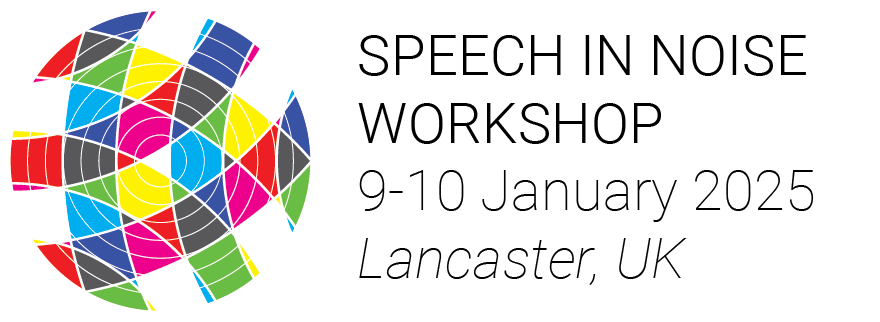P51Session 1 (Thursday 9 January 2025, 15:25-17:30)Impact of distractor predictability during the perception of speech-in-noise
The brain is highly sensitive to auditory regularities and leverages predictable information in the environment to process sensory input efficiently. Predictable sequences of tones have been found to be both less distracting and to require less cognitive effort than the same tones in a random order. Previous experiments have been restricted to auditory scenes comprising of only tone-pip sequences. In the current study, we seek to understand how tone-sequence predictability interacts with more complex auditory scenarios, specifically speech comprehension. Participants were presented with a spoken sentence embedded in Gaussian noise and were asked to detect key words in the sentence. Speech in noise thresholds were individually calibrated. In a third of the trials, they only heard the speech in noise (noise only). In the other two conditions, a distractor was also presented in one ear; the distractor consisted of a sequence of tone-pips that was either a highly predictable repeating pattern of five tones (noise + predictable) or the same tones in a random order (noise + random). We recorded pupil responses throughout. Pupillometry can be used as a proxy for cognitive effort, with larger pupil sizes associated with greater cognitive effort. Previous evidence showed that detection of a regularity induces a sharp decrease in pupil diameter, indicative of a reduced demand on cognitive resources. Consistent with those findings, we predicted that the noise-only condition would require the least effort and would be associated with the smallest pupil diameters, while the noise + random condition would be the most challenging and associated with the largest pupil sizes. Our results supported our prediction but dissipated over time, suggesting that listeners were able to rapidly adapt to the task, likely suppressing the information regardless of its predictability. We also explored differences in microsaccades and pupil dilation rates. This paradigm brings together two separate cognitive challenges: understanding speech in challenging conditions and processing of extraneous auditory information to determine the appropriate allocation of cognitive resources. It provides the foundation to further explore the interaction of these two processes in different populations.

